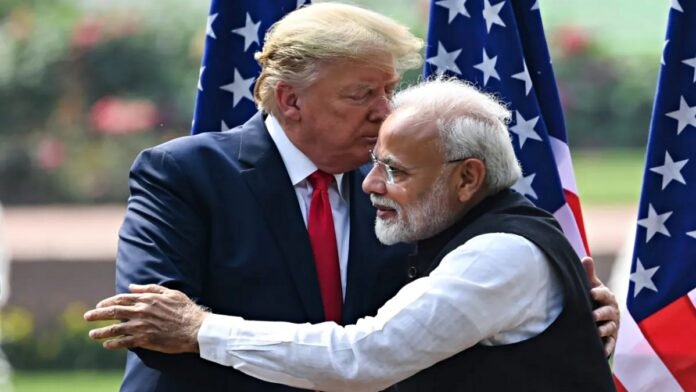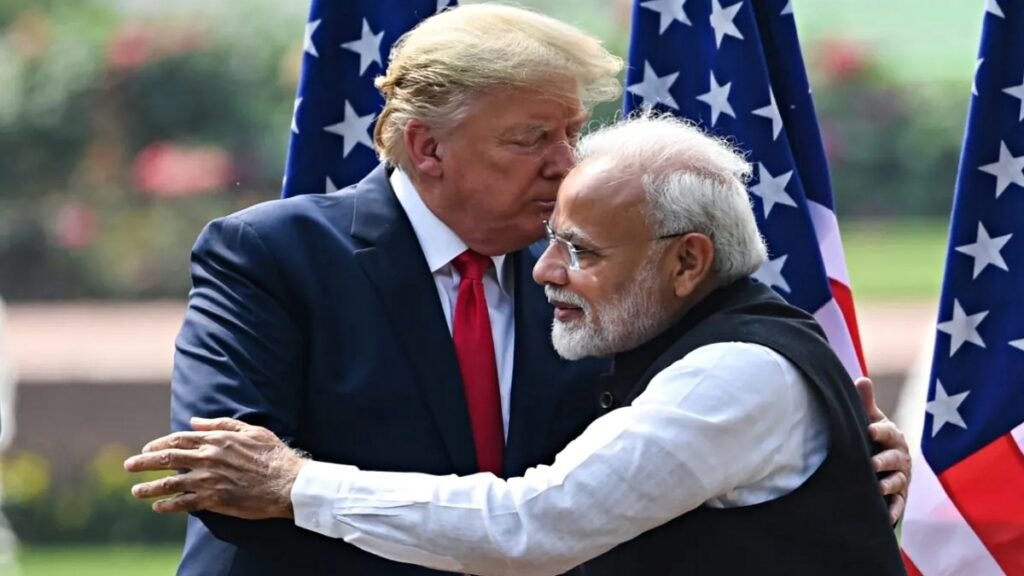
New Delhi: Donald Trump’s victory in the U.S. presidential race has reshaped the American political landscape, potentially impacting the global economy and India directly. Known for his close ties with Indian Prime Minister Narendra Modi, Trump’s ascent has stirred optimism in diplomatic circles. However, for the Indian economy, the initial aftermath of his win has brought concerning news: the Indian rupee plunged to an all-time low against the U.S. dollar, adding pressure on the country’s economic stability. Experts warn the rupee could weaken further, possibly breaching the 85-mark against the dollar in the coming weeks.
Dollar Index Surges, Triggering Rupee’s Decline
For the first time since Trump’s win, the U.S. dollar index experienced a significant boost, reflecting confidence in the greenback as a safe haven. In contrast, the rupee’s sharp decline signals potential economic stress, as a stronger dollar generally increases India’s import costs and raises the price of foreign goods. Consequently, inflationary pressures could heighten in the domestic market, posing a threat to the purchasing power of Indian consumers.
Impact on Indian Economy: Rising Import Bills and Inflation Risk
On Wednesday, the rupee dropped by 22 paise to close at a historic low of 84.31 per dollar in the foreign exchange market. This fall came amidst a surge in the U.S. dollar index, driven by strong foreign capital inflows into the U.S. and heightened demand for the dollar globally. Forex experts attribute this dip to both Trump’s win and a robust dollar performance against other major currencies, which has altered investor sentiment.
A weaker rupee means India’s import bills could swell, particularly for oil, machinery, and electronic goods, which form a major part of the country’s imports. This increased cost of imports could contribute to rising inflation, a concern for the Reserve Bank of India (RBI), which is already grappling with high domestic prices. Price-sensitive goods like fuel, cooking oil, and certain raw materials could see substantial price hikes, impacting household budgets across India.
Federal Reserve’s Rate Cut Speculation Adds Pressure
Adding to the rupee’s struggle, market participants are anticipating that the U.S. Federal Reserve may implement an interest rate cut in its upcoming meeting, with further cuts expected in 2025. Such moves are generally aimed at bolstering economic growth in the U.S., yet they could strengthen the dollar further, exacerbating the rupee’s decline. On Wednesday, the rupee began trading at Rs. 84.23 against the dollar and fluctuated between 84.15 and 84.31 throughout the day, before closing at the session low of Rs. 84.31. This followed a brief respite on Tuesday when the rupee had closed slightly higher at Rs. 84.09 per dollar.
What Lies Ahead for India’s Economic Outlook?
With the rupee’s vulnerability tied to both global political shifts and domestic economic policies, the recent decline could signal a period of financial uncertainty. Analysts believe that if the dollar continues to strengthen, India may face an extended period of import-driven inflation, which would require careful monetary policy intervention by the RBI. In the near term, both importers and consumers may feel the pinch as prices adjust to the weakened rupee, underscoring the economic risks linked to Trump’s unexpected electoral victory and the shifts in U.S. economic policy it may herald.

As India navigates these changes, all eyes remain on the Federal Reserve’s upcoming decisions and their ripple effects on global and local markets. The hope is that diplomatic relations and economic measures will stabilize, cushioning India from further financial strain.



















































